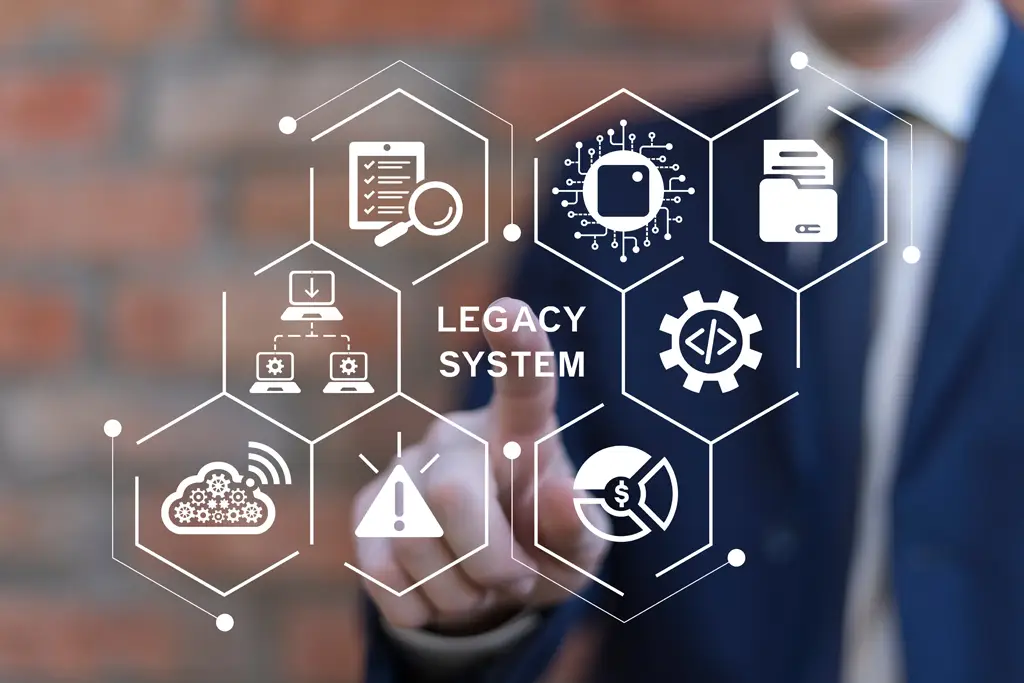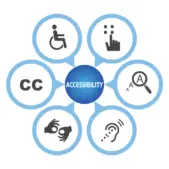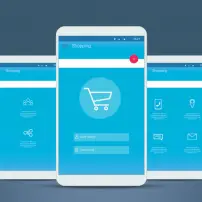As your business scales, it is vital to regularly maintain and update your internal systems to meet the changing needs of employees and customers. This is not a one-time project to complete and forget. Over time, the system requires ongoing attention to integrate new technology and features, conduct updates, and ensure quality performance. When you ignore these maintenance needs, legacy systems can quickly deteriorate.
Executives often make ad hoc changes, adding or removing features in an attempt to quickly fix problems resulting from outdated legacy systems. This is a mistake. To avoid system decay, it’s important to commit to regular upkeep and improvement. This proactive approach ensures the system remains effective and efficient as your organization expands and evolves.

The Pitfalls of Quick Fixes
When executives opt for quick fixes to their legacy systems, they often do so based on three faulty assumptions:
- The existing legacy system functions well enough to meet current needs, so they can skip the discovery phase.
- Changes to the legacy system won’t negatively impact the overall user experience.
- Skipping discovery will be more cost-effective than budgeting for research before updating legacy systems.
Updating a legacy system is similar to adding an addition to a house. Just as a general contractor would consult with the homeowners to understand their budget, style, and functionality requirements, a business leader should thoroughly assess the existing system before making any changes. This includes reviewing the system’s structure, foundation, and compatibility with relevant codes and regulations, as well as consulting with experts.
Failing to conduct a comprehensive analysis of the system’s capabilities and limitations before making changes is likely to result in unsatisfactory outcomes, such as a dysfunctional structure that requires costly and disruptive rework. Similarly, businesses that continue to make ad hoc changes to outdated systems without a holistic understanding of the infrastructure are likely to face similar challenges. This can lead to increased time and money spent on the project, as well as unnecessary disruptions to ongoing operations.
By taking a structured, well-informed approach to updating legacy systems, you can ensure that the changes made not only address your current needs but also provide a sustainable foundation for future growth.
Uncovering Valuable Perspectives in the Discovery Phase
The discovery phase typically begins with stakeholder interviews conducted by UX designers and/or user researchers. The goal is to understand the different perspectives, goals, and pain points of each stakeholder or team involved.
Often, the overarching business goals don’t align with the smaller team or individual goals within the organization. By interviewing stakeholders, we can learn how each group uses the system. We can then align their goals with larger business objectives.
For many small and mid-sized businesses, employees represent both a major expense and the company’s most valuable asset. Aligning individual employee goals with the overall business strategy can significantly improve worker and company performance.

As an outside agency, we can ask tough questions and dig deeper than company leaders who are too close to the business. This outsider’s perspective allows us to see the bigger picture leaders may miss. At UpTop, we often focus on the following key stakeholder groups:
Business Leaders
Interviews with business leaders provide insights into an organization’s long-term goals and current strategies for achieving them. This helps researchers understand not only the organization’s current initiatives but also any gaps between its goals, strategies, and performance measurement. These insights can then assist the business in better defining and aligning its overarching objectives.
Employees
By speaking directly with employees who interact with the system daily, researchers can learn how legacy systems support or hinder the efficient completion of tasks. This user-level perspective allows the team to identify opportunities to optimize the system’s UX, which can boost both productivity and morale. For example, making commonly used features more prominent in the navigation can save employees time on frequent tasks.
Clients/Customers
Many internal systems have a client-facing component that facilitates communication and engagement. Reviewing client testimonials, chat logs, and customer service feedback can provide valuable insights into whether the proposed system changes will enhance the quality of customer care.
Competitors
While finding direct competitors with comparable internal systems can be challenging, looking at how other companies (even across industries) have approached similar problems can uncover fresh ideas and effective examples. This “feature analysis” approach is more productive than a narrow focus on what competitors are doing, since they may not always have the right answers either.
Developers
Incorporating the software developers’ perspectives is crucial to ensuring the proposed system changes are technically feasible and integrate seamlessly with the existing infrastructure. Working closely with the dev team throughout discovery helps align executive goals with the realities of implementation. It also allows developers to provide estimates, timelines, and prioritization guidance.
Discovery: The Key to Sustainable System Upgrades
Updating enterprise legacy systems is an ongoing process, not a one-time project. Conducting UX discovery is essential to ensuring that these critical systems continue to meet the evolving needs of your business and its users. By taking the time to understand the full context and implications of changes to your internal system, you can set yourself up for long-term success.
The power of UpTop’s Discovery Workshop lies in its ability to shortcut endless debates, align cross-functional teams, and provide a clear, user-centric roadmap for driving meaningful change. For businesses looking to modernize legacy systems or optimize their digital customer experience, this structured approach can be a game-changer. Let’s connect to discuss how we can help you identify growth barriers and pave the way to successful digital transformation.


